Home>Home Maintenance>How To Create A Smoke Ventilation System
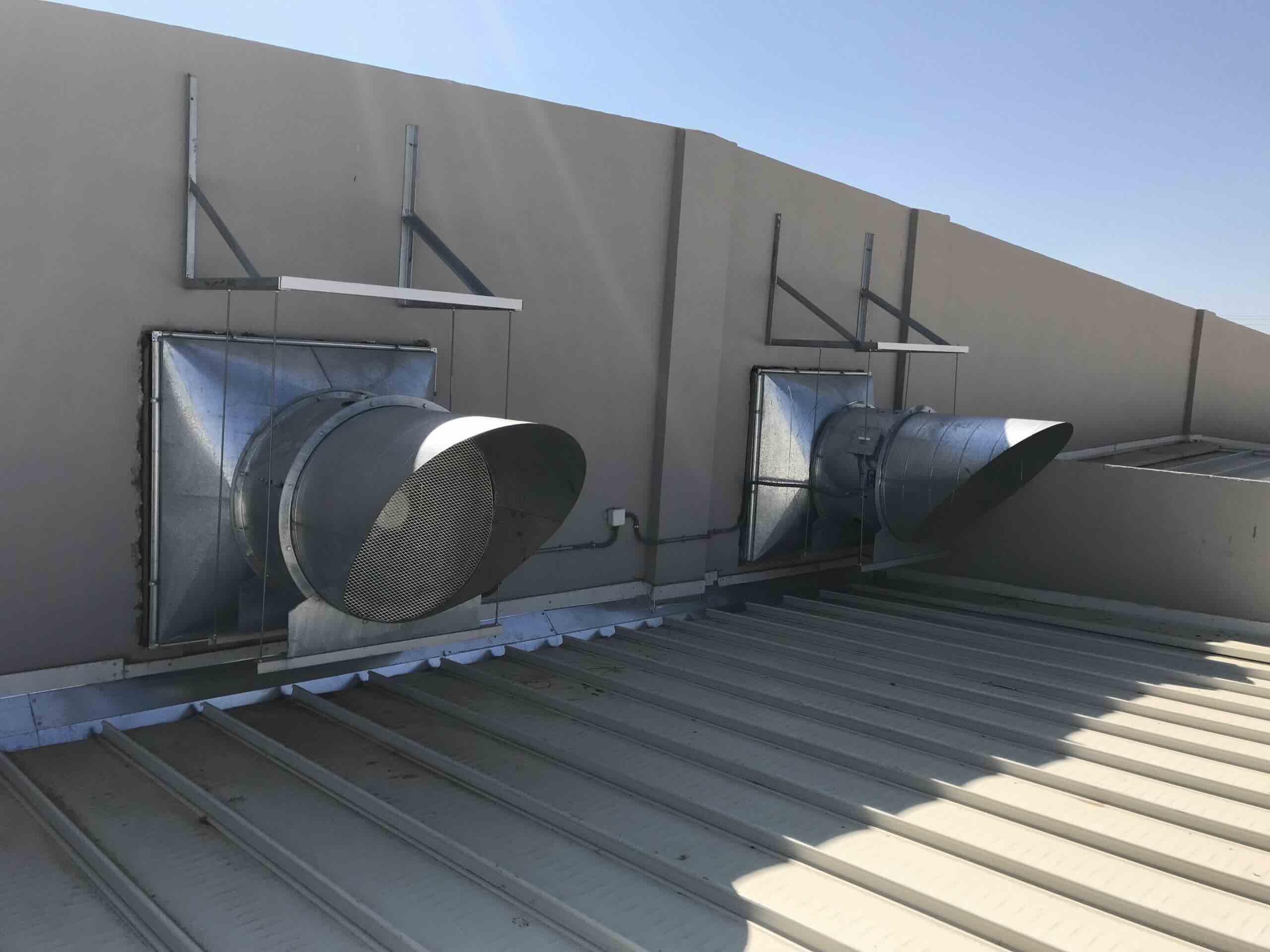

Home Maintenance
How To Create A Smoke Ventilation System
Modified: March 6, 2024
Learn how to create an effective smoke ventilation system for your home with our expert home maintenance tips. Ensure the safety of your family and property.
(Many of the links in this article redirect to a specific reviewed product. Your purchase of these products through affiliate links helps to generate commission for Storables.com, at no extra cost. Learn more)
Introduction
Welcome to our comprehensive guide on how to create a smoke ventilation system for your home. A smoke ventilation system is an essential component of any building’s safety infrastructure, designed to remove smoke and harmful gases in the event of a fire. In this article, we will explore the importance of smoke ventilation, assess building requirements, guide you in determining the type of system, and provide tips on designing, choosing the right equipment, installation, testing, and maintenance.
Fire safety is a top priority when it comes to home maintenance. In the unfortunate event of a fire, smoke can quickly fill a building, making it difficult for occupants to escape and posing a serious threat to their health. A smoke ventilation system plays a crucial role in protecting lives and minimizing property damage by extracting smoke, heat, and toxic gases from the affected area, allowing for safe evacuation and reducing the risk of fire spread.
It is essential to understand the legal and regulatory requirements in your area regarding smoke ventilation systems. Building codes and standards may outline specific guidelines for residential properties, ensuring compliance with safety regulations and ensuring the wellbeing of occupants. By following these regulations, you can create an effective and efficient smoke ventilation system that meets industry standards.
When designing a smoke ventilation system, various factors need to be taken into consideration. The size and layout of the building, the number of occupants, the type of occupancy, and the proximity to other buildings are all important considerations. Additionally, the distance to emergency exits, the availability of a reliable power supply, and the potential for smoke to travel through multiple levels need to be assessed to ensure the system’s effectiveness.
Choosing the right type of smoke ventilation system for your home is critical to its success. There are several options available, including natural smoke venting systems, powered smoke control systems, and smoke extraction systems. Each system has its advantages and limitations, making it essential to evaluate your specific needs and consult experts to determine the most suitable solution for your home.
This guide will take you through the step-by-step process of creating a smoke ventilation system. From designing and choosing the right equipment to installation, testing, and maintenance, we will provide you with the knowledge and guidance to ensure a safe and reliable system for your home. So let’s dive in and explore the world of smoke ventilation systems and how you can protect your loved ones and property in case of a fire emergency.
Key Takeaways:
- Installing a smoke ventilation system in your home is crucial for safety during a fire. It helps clear smoke, improves visibility, and protects against toxic gases, ensuring a safe escape route for your family.
- Regular maintenance and testing of the smoke ventilation system are essential to ensure it works effectively. This includes cleaning vents, inspecting ductwork, and verifying backup power, keeping your home safe and prepared for emergencies.
Read more: How To Create Intrusion Detection System
Understanding the Importance of Smoke Ventilation
Smoke ventilation is critical in any building, be it residential or commercial, to ensure the safety of occupants in the event of a fire. Smoke is a silent and lethal killer, responsible for the majority of fire-related deaths and injuries. Therefore, having an effective smoke ventilation system in place is crucial for minimizing the risks associated with fire incidents.
One of the primary purposes of a smoke ventilation system is to improve the visibility for occupants and emergency personnel. In a fire, smoke can quickly fill the building, making it difficult or even impossible for people to see and find their way to the nearest exit. This lack of visibility can lead to panic, confusion, and delay in evacuation, putting lives at risk. By removing smoke from the affected area, smoke ventilation systems provide a clear escape route and enable a safer and faster evacuation process.
In addition to improving visibility, smoke ventilation systems also help control the spread of fire. Smoke carries with it flammable particles and toxic gases that can contribute to the rapid escalation of a fire. By extracting the smoke and preventing it from spreading to other areas of the building, a smoke ventilation system helps contain the fire, giving occupants more time to evacuate and reducing the potential damage to the property.
Smoke inhalation is one of the leading causes of fire-related fatalities. The toxic gases and particles present in smoke can cause severe respiratory distress, leading to suffocation or long-term health complications. A smoke ventilation system works to remove these dangerous substances, reducing the risk of smoke inhalation and allowing occupants to breathe cleaner air during evacuation.
Moreover, the effective implementation of a smoke ventilation system can significantly aid firefighters during their rescue operations. By venting the smoke, the visibility inside the building improves, making it easier for firefighters to navigate and locate people who may be trapped. Additionally, by removing the built-up smoke, the system provides improved access to the fire, enhancing the efficiency and speed of firefighting efforts.
It is important to note that smoke ventilation systems are not only crucial for larger buildings or commercial properties but also for residential homes. Even in a small-scale fire incident, the smoke can quickly become overwhelming, making it difficult to escape or unnecessarily endangering the lives of the occupants. By incorporating a reliable smoke ventilation system into your home, you can provide an added layer of safety and protection for your family and property.
Overall, the importance of smoke ventilation cannot be overstated. It plays a vital role in ensuring the safety and well-being of occupants during a fire emergency. By effectively extracting smoke, improving visibility, controlling fire spread, and reducing the risk of smoke inhalation, a well-designed and maintained smoke ventilation system can make a significant difference in saving lives and minimizing property damage. As responsible homeowners, it is essential to understand the significance of smoke ventilation and take the necessary steps to incorporate it into our homes.
Assessing the Building Requirements
Before designing a smoke ventilation system for your home, it is crucial to assess the specific building requirements. This assessment will help determine the size and scope of the system needed, ensuring that it meets the necessary safety standards. Here are some key factors to consider when assessing the building requirements:
- Building Size and Layout: The size and layout of your home will play a significant role in determining the capacity and design of the smoke ventilation system. Larger homes may require multiple ventilation points or larger fans to effectively remove smoke from different areas. The layout of rooms, stairwells, and corridors will also impact the placement and design of the system.
- Occupant Load: The number of occupants in the building must be taken into account. The volume and capacity of the smoke ventilation system should be able to accommodate the expected number of people in the event of an emergency. The system should be designed to facilitate a smooth and timely evacuation process.
- Usage and Occupancy: The type of occupancy and specific usage of the building will influence the smoke ventilation system’s requirements. For example, homes with vulnerable occupants, such as the elderly or individuals with mobility issues, may require additional features like voice alarms or accessible escape routes.
- Proximity to Other Buildings: If your home is in close proximity to other buildings, the smoke ventilation system must take into account the potential impact on neighboring properties. The system should be designed to prevent the spread of smoke and fire, ensuring the safety of not only your home but also the surrounding buildings.
- Escape Routes: The location and layout of emergency escape routes within the building should be carefully considered. The smoke ventilation system should be designed to create a clear and safe path for occupants to reach these routes. It is important to ensure that the system does not obstruct or hinder the evacuation process.
- Power Supply: The availability of a reliable power supply is crucial for the functioning of a smoke ventilation system. It is essential to assess the electrical infrastructure of the building to ensure that the system can operate effectively during a power outage. An alternative power source, such as a backup generator or battery backup, may need to be considered.
To accurately assess the building requirements, it is advisable to consult with experts in smoke ventilation system design and installation. They will have the expertise to evaluate the unique characteristics of your home and provide tailored recommendations.
By thoroughly assessing the building requirements, you can ensure that the smoke ventilation system is designed to meet the specific needs of your home. This assessment will lay the foundation for determining the appropriate type of system and the necessary equipment and components required to create an effective and reliable smoke ventilation system.
Determining the Type of Smoke Ventilation SystemWhen creating a smoke ventilation system for your home, it is essential to determine the type of system that will best suit your needs. There are several options available, each with its advantages and limitations. By understanding the different types of smoke ventilation systems, you can make an informed decision that aligns with your specific requirements. Here are three common types of smoke ventilation systems:
- Natural Smoke Venting Systems: These systems rely on the natural buoyancy of hot gases and the pressure difference between the inside and outside of the building to drive smoke out through vent openings. Natural smoke venting systems are often used in smaller residential buildings or areas with lower occupant loads. They are typically more cost-effective and require less maintenance compared to powered systems. However, their effectiveness may be limited in cases where the fire is located far from the vents or in buildings with complex or restricted ventilation paths.
- Powered Smoke Control Systems: Powered smoke control systems utilize mechanical fans, dampers, and control systems to actively extract smoke from the building. These systems are ideal for larger buildings, high-rise structures, or areas with higher occupancy loads. Powered smoke control systems provide greater control and flexibility in removing smoke, ensuring a more efficient and effective evacuation process. However, these systems require a reliable power supply and regular maintenance to ensure proper function.
- Smoke Extraction Systems: Smoke extraction systems are specifically designed to remove smoke from specific areas or zones within a building, such as stairwells, corridors, or individual rooms. These systems are often used in conjunction with other smoke ventilation systems to target areas that are critical for safe evacuation or to prevent smoke from migrating to other parts of the building. Smoke extraction systems can be either natural or powered, depending on the specific requirements of the area being addressed.
Choosing the right type of smoke ventilation system for your home requires a careful evaluation of factors such as the building layout, size, occupancy, and proximity to neighboring structures. It is crucial to consult with experts in smoke ventilation system design to assess your specific needs and determine the most suitable system for your home.
Additionally, compliance with local building codes and regulations should also be considered when selecting a smoke ventilation system. These regulations may specify certain requirements depending on the type of occupancy and building design. It is important to ensure that the chosen system meets these regulations to ensure the safety and legality of your smoke ventilation system.
By considering the unique characteristics of your home and working with professionals, you can determine the most appropriate type of smoke ventilation system. Each type has its advantages and limitations, and selecting the right system will contribute to the effectiveness and reliability of your smoke ventilation system, ultimately enhancing the safety of your home and its occupants.
Designing the Smoke Ventilation System
Designing a smoke ventilation system for your home requires careful planning and consideration of various factors. The design process involves determining the layout and capacity of the system, selecting the appropriate equipment and components, and ensuring compliance with relevant building codes and regulations. Here are key steps to follow when designing a smoke ventilation system:
- Assess the Building Layout: Evaluate the layout of your home to identify areas that require smoke ventilation, such as stairwells, hallways, and common areas. Consider the location of fire exits and emergency escape routes to ensure the system effectively serves these areas.
- Determine Ventilation Point Locations: Based on the building layout assessment, determine the optimal locations for smoke ventilation points. These may include windows, vents, or dedicated smoke extraction openings. Proper positioning of ventilation points is crucial to ensure efficient smoke extraction and prevent smoke from entering unaffected areas.
- Calculate System Capacity: Determine the required ventilation capacity for the smoke ventilation system. This calculation typically involves considering factors such as the size of the area to be ventilated, the expected occupant load, and any relevant building codes or regulations. Consult with professionals to accurately determine the capacity needed for your specific home.
- Select the Right Equipment: Choose the appropriate equipment and components for your smoke ventilation system. This includes smoke vents or extraction fans, control panels, sensors, and any necessary ductwork. Consider factors such as the power source, noise levels, and compatibility with the building’s electrical system.
- Integrate Fire Detection and Alarm Systems: Integrate the smoke ventilation system with fire detection and alarm systems. This ensures that the smoke ventilation system activates automatically in response to a fire and coordinates with other safety measures in the building. The integration may involve the use of smoke detectors, heat detectors, and alarm control panels.
- Ensure Compliance with Building Codes: Ensure that your smoke ventilation system design complies with local building codes and regulations. Different jurisdictions may have specific requirements for smoke ventilation systems, including ventilation rates, control systems, and equipment standards. Working with professionals who are familiar with these regulations will help ensure compliance.
During the design process, it’s crucial to consider the specific needs and characteristics of your home. Factors such as the size of the building, the number of occupants, and the proximity to other structures will influence the design decisions. Consulting with experts in smoke ventilation system design and installation will help you create a customized and effective system that meets all the necessary requirements.
By carefully designing the smoke ventilation system, you can ensure its functionality, efficiency, and effectiveness in removing smoke from your home. The design process sets the foundation for the successful implementation and operation of the smoke ventilation system, contributing to the overall safety and well-being of your household in the event of a fire emergency.
When designing a smoke ventilation system, make sure to consider the size and layout of the building, the type of smoke control system needed, and the location of smoke vents for effective smoke removal.
Choosing the Right Equipment and Components
Choosing the right equipment and components is vital when creating a smoke ventilation system for your home. The selection process involves considering factors such as the system’s capacity, functionality, compatibility, and compliance with safety standards. Here are key aspects to keep in mind when choosing the equipment and components for your smoke ventilation system:
- Smoke Vents or Extraction Fans: The primary component of a smoke ventilation system is the smoke vents or extraction fans. Consider the size and capacity of the vents/fans, ensuring they can handle the required ventilation rate for your specific home. The size of the area to be ventilated, the expected occupant load, and any relevant regulations should influence your selection.
- Control Panels and Sensors: Control panels and sensors play a crucial role in monitoring and controlling the smoke ventilation system. These components detect the presence of smoke or fire and activate the ventilation system accordingly. Choose reliable and responsive control panels and sensors to ensure the timely and effective operation of the system.
- Ductwork and Ventilation Pathways: Depending on the design of your home, ductwork may be necessary to facilitate the movement of smoke from the designated ventilation points to the exterior. Select appropriate ductwork materials that are fire-resistant and compliant with local regulations. Design the ventilation pathways to minimize obstruction and ensure a smooth flow of smoke away from the building.
- Power Supply and Backup: Ensure that the chosen equipment and components are compatible with your building’s electrical infrastructure. Consider the availability of a reliable power supply and install appropriate backup systems, such as backup generators or battery backups, to ensure the functionality of the smoke ventilation system during power outages.
- Compatibility and Integration: Verify the compatibility of the equipment and components with each other and with other building safety systems, such as fire alarms and emergency lighting. Integration of these systems ensures a coordinated response during a fire emergency and enhances the overall effectiveness of your home’s safety measures.
- Manufacturer Reputation and Warranty: Research the reputation and track record of the equipment manufacturers. Look for established brands and seek recommendations from reputable suppliers or professionals in the field. Additionally, consider the warranty offered by the manufacturers to ensure long-term reliability and support for the equipment.
It is highly recommended to consult with professionals specializing in smoke ventilation systems when choosing the equipment and components for your home. They can provide valuable insights and guidance based on their expertise and knowledge of the industry. They can help ensure that the chosen equipment meets all necessary safety standards, regulatory requirements, and specific building needs.
By selecting the right equipment and components, you can create a smoke ventilation system that is reliable, efficient, and compliant with safety regulations. This ensures the system’s effective operation during a fire emergency, mitigating smoke and protecting the lives and property of your household.
Installation and Configuration of the Smoke Ventilation System
Once you have chosen the right equipment and components for your smoke ventilation system, the next step is to install and configure the system correctly. Proper installation and configuration are crucial for the system to function effectively and ensure the safety of your home. Follow these guidelines for the installation and configuration process:
- Engage Professional Installation Services: It is highly recommended to engage the services of professionals specializing in smoke ventilation system installation. They have the expertise and knowledge to install the equipment correctly, ensuring its proper functioning and compliance with safety standards and regulations. Professional installation also helps avoid costly mistakes that could compromise the effectiveness of the system.
- Follow Manufacturer Guidelines: During installation, carefully follow the manufacturer’s guidelines and instructions provided with the equipment and components. These guidelines will outline the specific requirements for wiring, mounting, and connecting the various elements of the system. Failure to follow these guidelines may result in improper functioning or voiding of warranties.
- Ensure Proper Placement of Smoke Vents/Fans: Install smoke vents or extraction fans in the designated locations determined during the system design phase. Ensure they are properly mounted and securely anchored according to manufacturer specifications. Proper placement is essential for effective smoke extraction and airflow throughout the building.
- Connect Control Panels and Sensors: Properly connect and configure the control panels and sensors as per the manufacturer’s instructions. Ensure that the wiring connections are secure and that the sensors are positioned in the appropriate locations to detect smoke or fire accurately. Regular testing and calibration of the sensors should be conducted to maintain system accuracy.
- Install Ductwork and Ventilation Pathways: If ductwork is required, install it according to the design specifications and local regulations. Ensure that the ductwork is properly sealed and insulated to prevent smoke leakage and maintain optimal airflow. Pay attention to the routing and placement of the ductwork to minimize obstructions and optimize smoke extraction path.
- Configure Control Settings: Configure the control settings of the smoke ventilation system based on the specific requirements of your home. This includes programming the control panels to activate the system in response to smoke or fire detection. Consult with professionals or refer to the manufacturer’s instructions for proper configuration.
- Integrate with Fire Detection and Alarm Systems: Integrate the smoke ventilation system with fire detection and alarm systems, if applicable. Ensure that all systems work together seamlessly, coordinating their response to a fire incident. Test the integration to ensure proper communication and synchronization between the different safety systems.
Throughout the installation and configuration process, it is crucial to adhere to relevant building codes, regulations, and safety standards. Regular inspections by professionals and authorities may be required to ensure compliance. Additionally, proper documentation of the installation process, including wiring diagrams and system specifications, should be maintained for future reference and maintenance purposes.
By following the proper installation and configuration guidelines, you can ensure the effective and reliable operation of your smoke ventilation system. This will provide peace of mind, knowing that your home is equipped with a system that can safely mitigate smoke in the event of a fire and protect the lives and property of your household.
Testing and Commissioning the System
After the installation and configuration of the smoke ventilation system, it is crucial to thoroughly test and commission the system to ensure its proper functioning and effectiveness. Proper testing and commissioning help identify any potential issues or shortcomings and ensure that the system is ready for operation in the event of a fire. Here are important steps to follow during the testing and commissioning process:
- Functional Testing: Conduct functional testing of the smoke ventilation system to ensure that all components are operating as intended. This includes testing the activation and deactivation of the system, verifying the functionality of control panels and sensors, and assessing the proper operation of smoke vents or extraction fans.
- Smoke Detection and Activation Testing: Test the effectiveness of the smoke detection system by simulating smoke or fire conditions. This may involve using smoke cans or specialized smoke generators. The testing should verify timely and accurate activation of the smoke ventilation system based on the detected smoke or fire signals.
- Airflow and Performance Testing: Measure and assess the airflow and performance of the smoke ventilation system to ensure it meets the required ventilation rates and compliance with safety standards. This may involve using specialized equipment to measure smoke extraction rates, air pressure differentials, and ventilation effectiveness in designated areas.
- Integration Testing: If the smoke ventilation system is integrated with other safety systems, such as fire alarms or emergency lighting, conduct integration testing to verify proper communication and synchronization. This ensures that all systems work together efficiently and effectively during a fire emergency.
- Documentation and Reporting: Document the testing procedures, results, and any necessary adjustments or modifications made during the testing and commissioning process. Keep a detailed report of the system’s performance and compliance with safety standards. This documentation serves as a reference for future maintenance and helps ensure ongoing compliance with regulations.
- Training and Handover: Provide training for occupants and relevant personnel on the proper use and operation of the smoke ventilation system. This includes familiarizing them with the system’s controls, emergency procedures, and maintenance requirements. Ensure that all necessary documentation and manuals are provided for reference and future training needs.
It is essential to engage professionals specialized in smoke ventilation systems or authorized technicians in conducting the testing and commissioning process. Their expertise and knowledge are valuable in ensuring that the system is thoroughly tested, correctly commissioned, and compliant with safety regulations.
Regular maintenance and periodic retesting should be scheduled to ensure the continued effectiveness and reliability of the smoke ventilation system. Compliance with local regulations and building codes should be maintained throughout the system’s lifetime.
By conducting proper testing and commissioning, you can have confidence in the performance and efficacy of your smoke ventilation system. This provides peace of mind, knowing that your home is equipped with a system that is ready to respond effectively to a fire emergency, protecting the lives and property of your household.
Maintenance and Inspection Guidelines
Maintaining and inspecting your smoke ventilation system on a regular basis is crucial to ensure its continued effectiveness and reliability. Routine maintenance helps identify and address any potential issues, ensuring that the system remains in optimal working condition. Here are some guidelines to follow for the maintenance and inspection of your smoke ventilation system:
- Follow Manufacturer Recommendations: Refer to the manufacturer’s guidelines and recommendations for routine maintenance tasks. These guidelines may include information on cleaning, lubrication, and inspection intervals. Adhering to the manufacturer’s instructions helps maintain the warranty and ensures the longevity of the equipment.
- Establish a Maintenance Schedule: Set up a regular maintenance schedule for your smoke ventilation system. Consider factors such as the frequency of use, environmental conditions, and manufacturer recommendations when determining the maintenance intervals. Document the maintenance activities performed and keep records for future reference and compliance.
- Clean and Inspect Smoke Vents/Fans: Regularly clean and inspect smoke vents or extraction fans to ensure they are free from debris, dust, or obstructions. Blocked vents or fans can hinder proper smoke extraction. Check for any signs of wear, damage, or corrosion and repair or replace as necessary. Lubricate moving parts according to manufacturer guidelines.
- Inspect Ductwork and Ventilation Pathways: Regularly inspect the ductwork and ventilation pathways for any leaks, obstructions, or damage. Look for signs of deterioration or areas where smoke or air leakage may occur. Repair or replace damaged sections promptly to maintain proper ventilation flow and prevent smoke migration to unaffected areas.
- Test and Calibrate Sensors: Test and calibrate the sensors of the smoke ventilation system to ensure their accuracy and reliability. Follow manufacturer guidelines for testing procedures and frequency. Replace any faulty sensors promptly to maintain the system’s effectiveness in detecting smoke or fire.
- Verify Control Panel Functionality: Regularly check the control panels to ensure their proper functioning. Test the activation and deactivation of the system’s ventilation operation, and verify that all indicators and alarms are working correctly. Address any issues or malfunctions immediately and engage professional assistance if necessary.
- Ensure Backup Power Supply: Regularly test and maintain the backup power supply, such as a backup generator or battery backup system. Verify that the backup power source can effectively support the operation of the smoke ventilation system during a power outage. Repair or replace any faulty components promptly to ensure continuous system functionality.
- Stay Up-to-Date with Regulations: Keep abreast of any changes or updates to local building codes and regulations regarding smoke ventilation systems. Regularly review and verify your system’s compliance with the latest requirements. Engage professionals or authorities for inspections and certifications, if necessary.
It is important to note that while some maintenance tasks can be performed by the homeowner, it is recommended to engage qualified professionals for comprehensive inspections and major repairs or replacements. Professionals will have the expertise and experience to identify and address any underlying issues to ensure the continued safety and reliability of the smoke ventilation system.
By following these maintenance and inspection guidelines, you can help ensure that your smoke ventilation system is functioning optimally and is prepared to respond effectively in the event of a fire emergency. Regular maintenance and inspections contribute to the longevity of the system and the safety of your home and its occupants.
Conclusion
Creating a smoke ventilation system is an essential part of maintaining the safety of your home. In the event of a fire, a properly designed and implemented system helps remove smoke and toxic gases, providing a clear escape route and protecting the lives and property of your household. Throughout this comprehensive guide, we have explored the importance of smoke ventilation, assessed building requirements, determined the appropriate type of system, and discussed the design, equipment selection, installation, testing, and maintenance of a smoke ventilation system.
Understanding the importance of smoke ventilation is crucial for every homeowner. Smoke can quickly fill a building during a fire, impairing visibility and causing panic and confusion. By implementing a well-designed smoke ventilation system, you enhance visibility, control fire spread, and reduce the risk of smoke inhalation. The system also assists firefighters in their rescue operations by improving access and visibility within the building.
Assessing the building requirements is the first step in creating an effective smoke ventilation system. By considering factors such as building size, layout, occupant load, and proximity to other structures, you can determine the appropriate system capacity and layout. Determining the type of smoke ventilation system is equally important, with options including natural smoke venting systems, powered smoke control systems, and smoke extraction systems. Consider your specific needs, building characteristics, and compliance with local regulations when selecting the system type.
The design and equipment selection process requires careful consideration of various factors. Evaluate the building layout, determine ventilation point locations, calculate system capacity, and select the right equipment and components. Ensure compatibility and integration with fire detection and alarm systems, and follow manufacturer guidelines throughout the installation and configuration process to guarantee the proper functioning of the system.
Testing and commissioning play a critical role in verifying the system’s functionality and performance. Conduct functional tests, smoke detection tests, airflow and performance tests, and integration tests to ensure the system’s proper operation and coordination with other safety systems. Maintain thorough documentation of the testing process and provide training to occupants and relevant personnel on the system’s use and operation.
Maintenance and inspections are essential for the ongoing effectiveness and reliability of the smoke ventilation system. Regularly clean and inspect smoke vents or extraction fans, inspect ductwork and ventilation pathways, test and calibrate sensors, verify control panel functionality, and ensure the backup power supply is in working order. Stay updated with building codes and regulations to ensure ongoing compliance and engage professionals for comprehensive inspections and major repairs.
In conclusion, a properly designed, installed, and maintained smoke ventilation system is a vital component of home safety. By understanding the importance of smoke ventilation, assessing building requirements, selecting the appropriate system type, designing the system effectively, and maintaining and testing the system regularly, you can ensure the safety of your home and its occupants in the unfortunate event of a fire. Implementing a comprehensive smoke ventilation system provides peace of mind, knowing that you have taken necessary precautions to protect your loved ones and property.
Frequently Asked Questions about How To Create A Smoke Ventilation System
Was this page helpful?
At Storables.com, we guarantee accurate and reliable information. Our content, validated by Expert Board Contributors, is crafted following stringent Editorial Policies. We're committed to providing you with well-researched, expert-backed insights for all your informational needs.
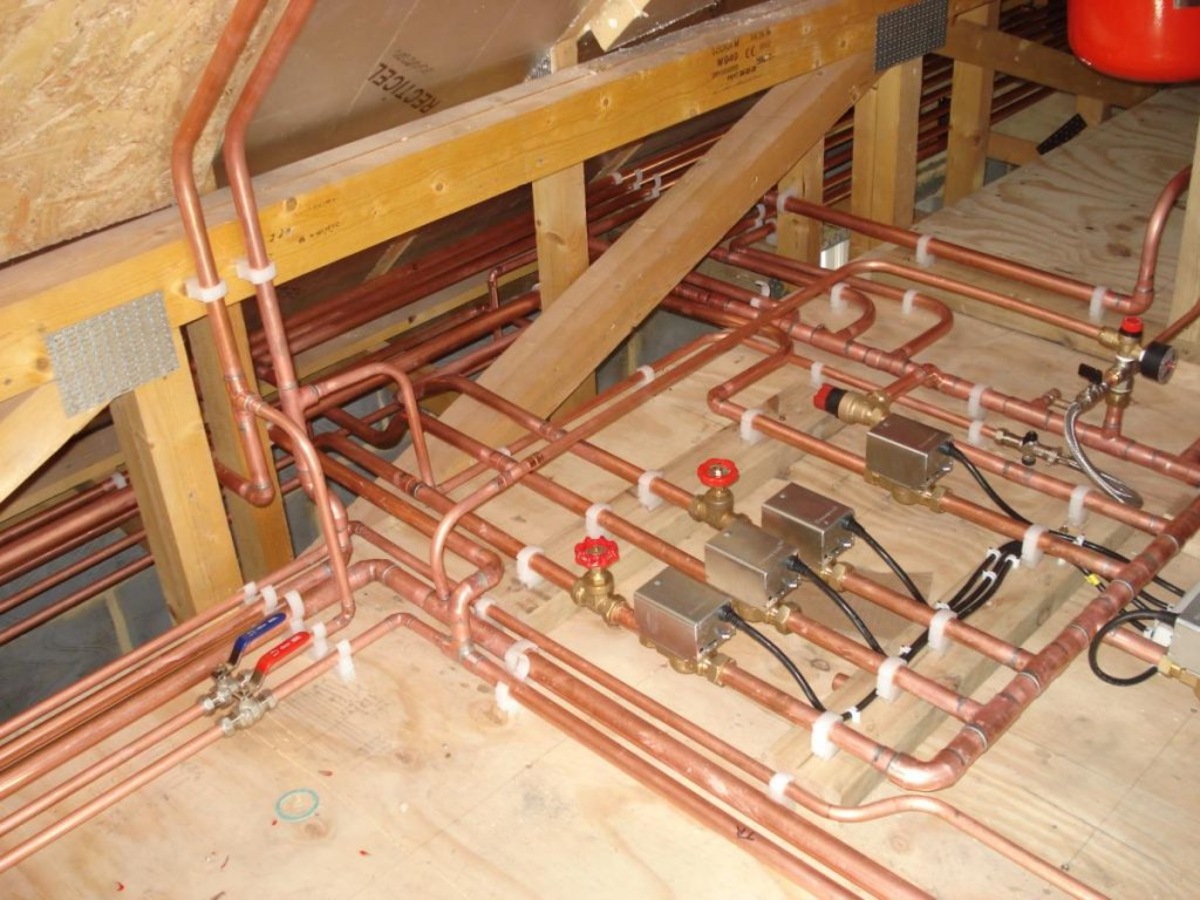

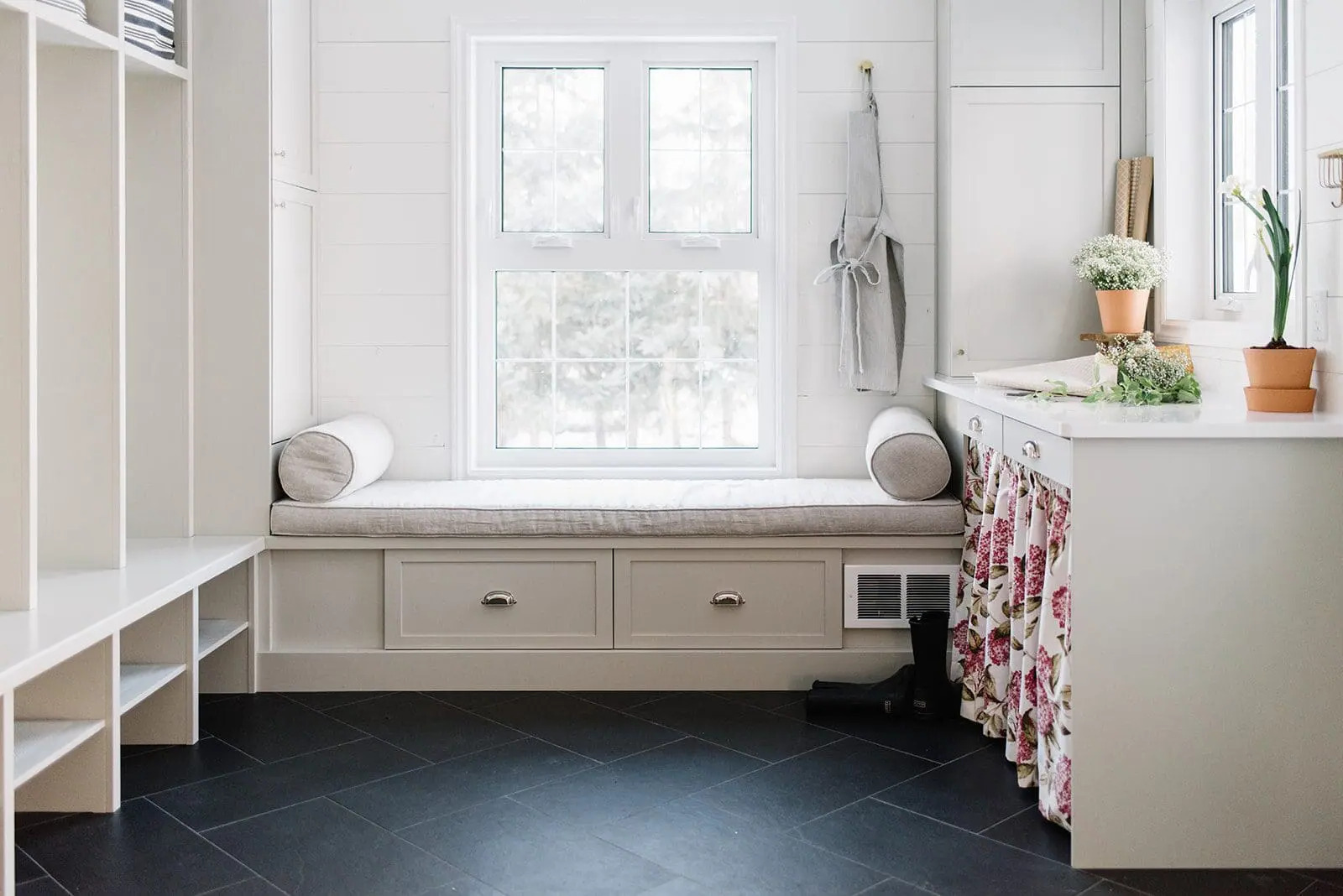
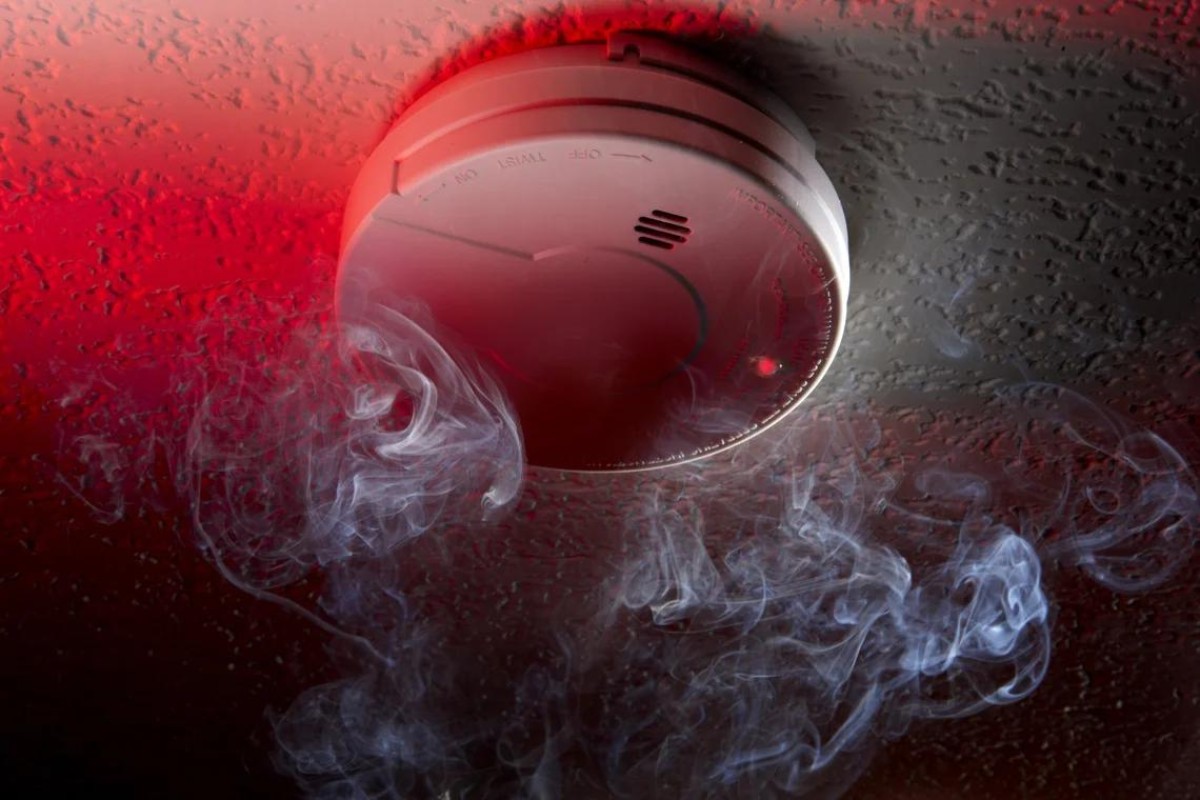

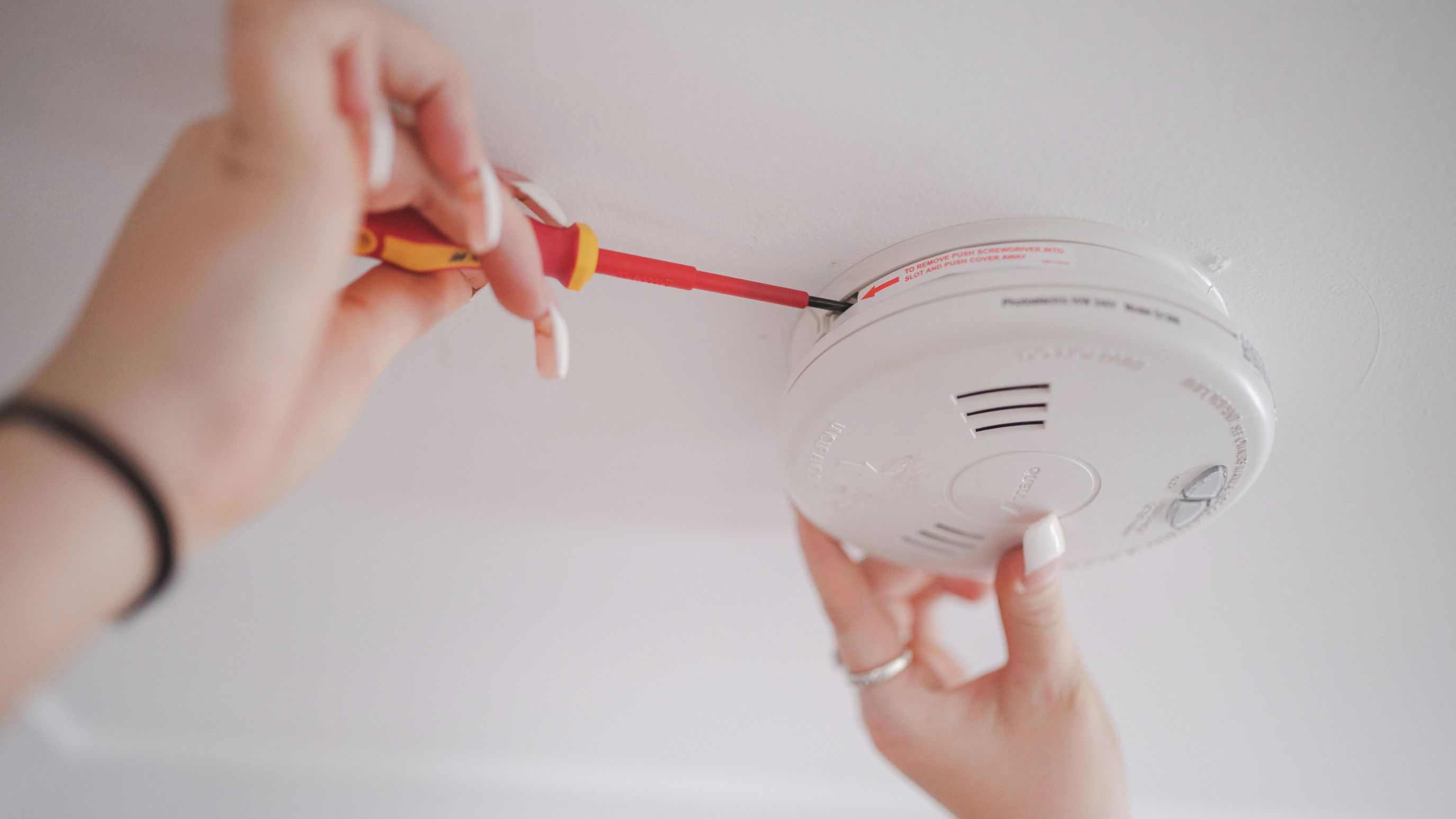
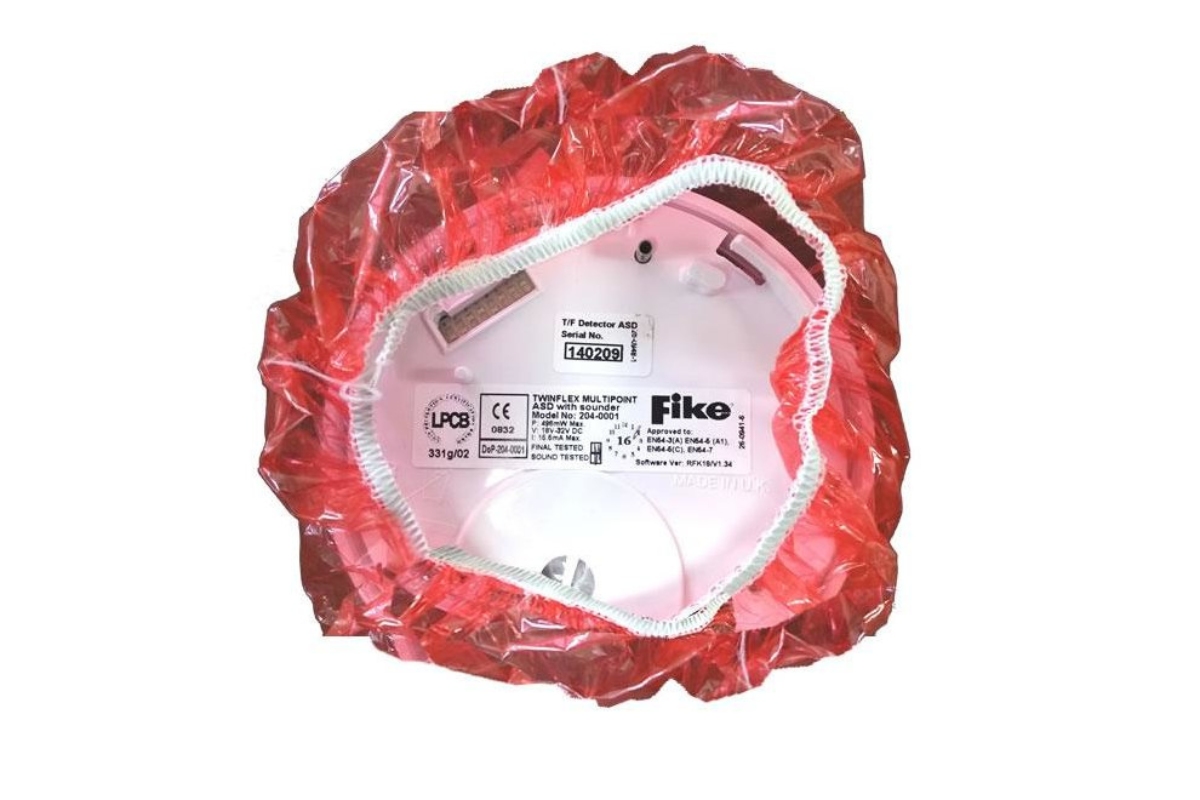


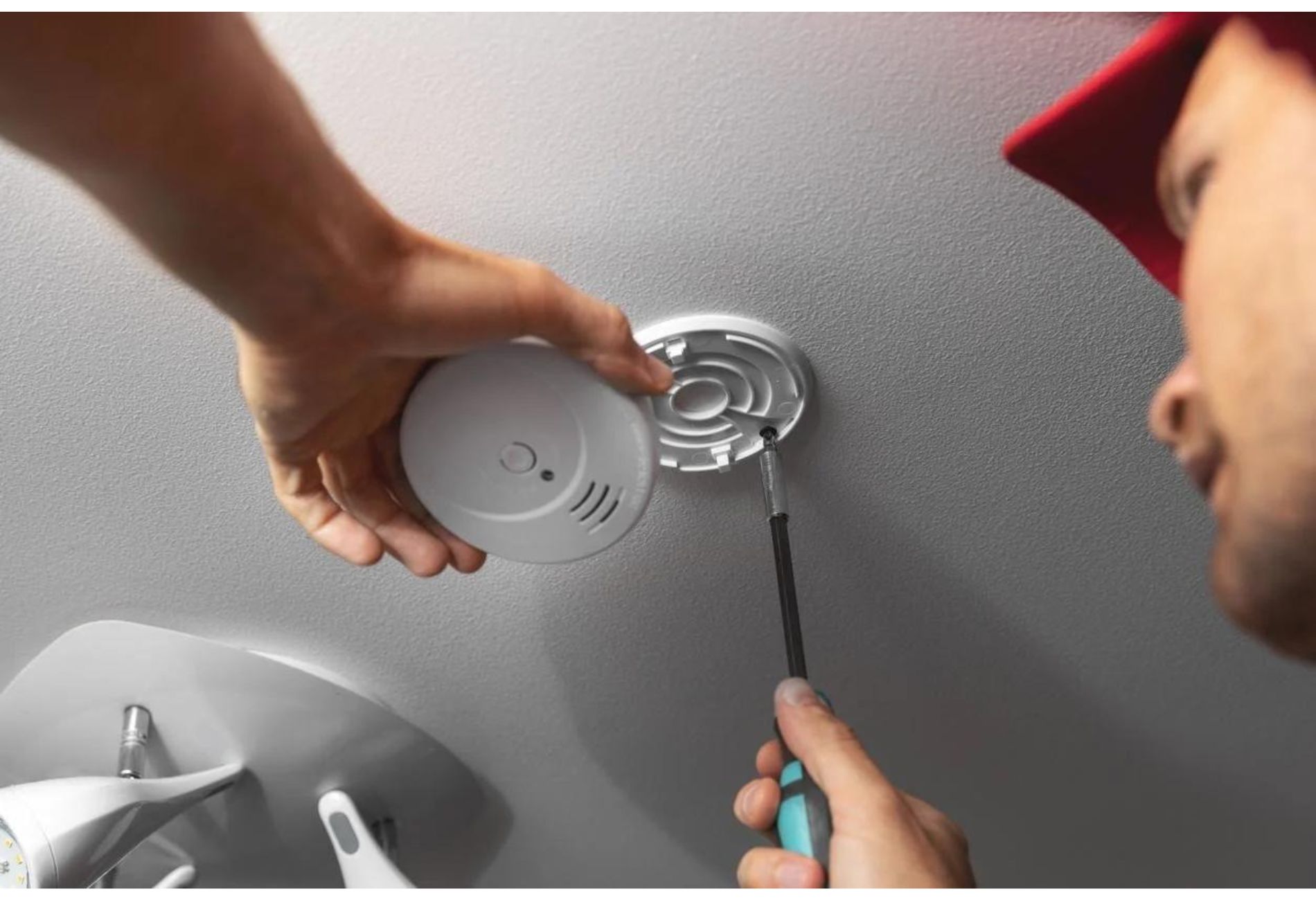

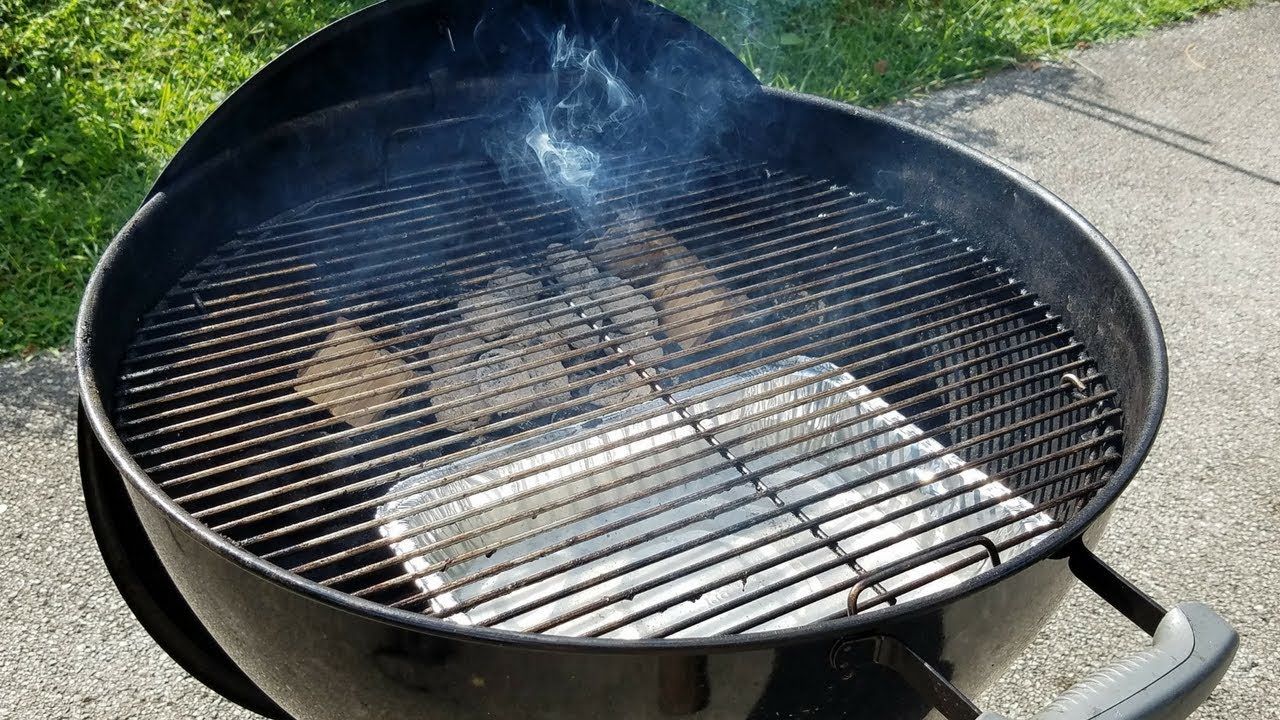
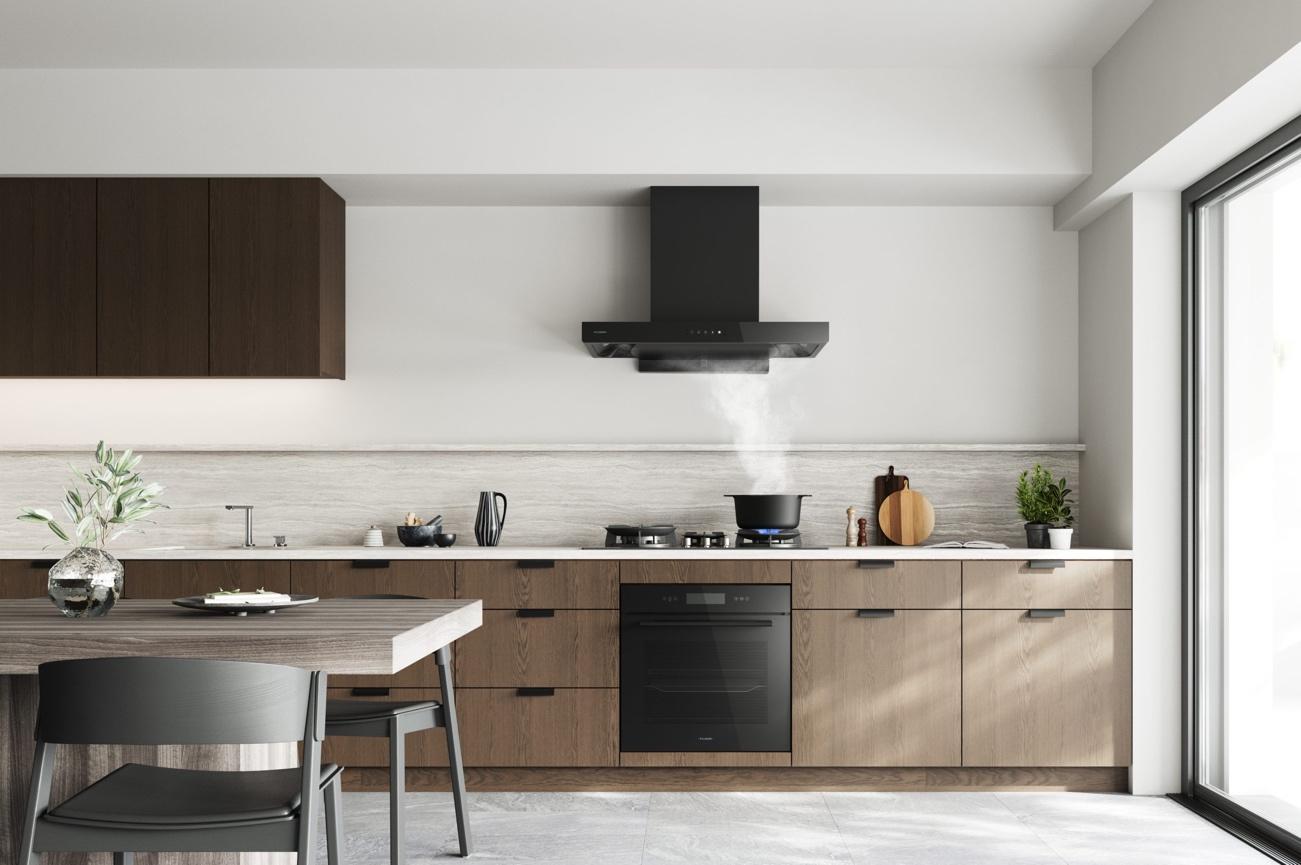

0 thoughts on “How To Create A Smoke Ventilation System”